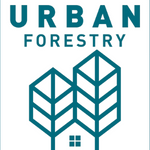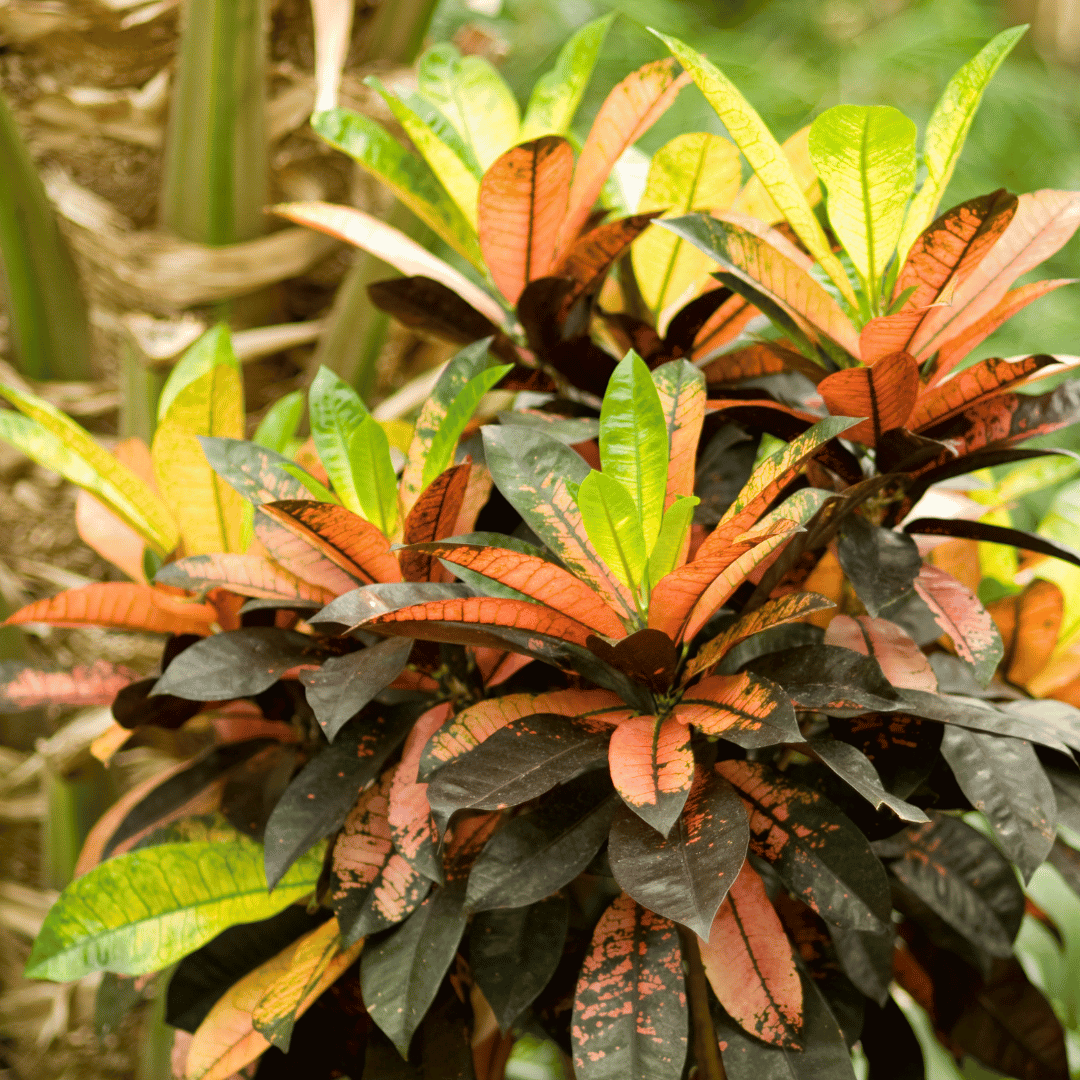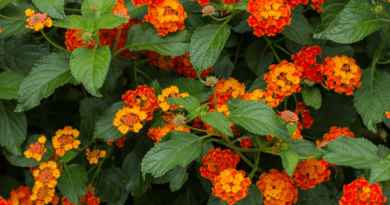Biodiversity-Boosting Shrubs in Nairobi
Nairobi, the capital city of Kenya, is home to a diverse array of plant life. Among the many types of vegetation that can be found in the area, shrubs play a particularly important role in supporting biodiversity. In this article, we will explore ten shrubs that are particularly beneficial for the local ecosystem and provide a range of ecological services.
- Acacia xanthophloea: Also known as the fever tree, this shrub is a popular ornamental plant in Nairobi. It is valued for its bright yellow foliage and its ability to tolerate drought. The tree is also an important source of food and habitat for a variety of birds and insects.
- Aloe secundiflora: This shrub is also known as the red hot poker aloe and is native to Nairobi. It produces tall spikes of orange and red flowers, making it a popular ornamental plant. The plant is also known to have medicinal properties and is used to treat a variety of ailments.
- Croton megalocarpus: Commonly known as the large fruited croton, this shrub is native to Nairobi and is a popular ornamental plant. It is valued for its attractive foliage and colorful fruit. The shrub also provides food and habitat for a variety of birds and insects.
- Euclea divinorum: This shrub is commonly known as the blue guarri and is native to Nairobi. It is an important source of food and habitat for a variety of birds and insects, and it also provides a range of ecosystem services such as soil stabilization and erosion control.
- Ficus sycomorus: This shrub, also known as the sycamore fig, is native to Nairobi. It is an important food source for a variety of animals, including elephants, baboons, and birds. The tree is also known to have medicinal properties and is used to treat a variety of ailments.
- Grewia occidentalis: This shrub, commonly known as the crossberry, is native to Nairobi. It is an important food source for a variety of animals, including birds and monkeys. The shrub is also known to have medicinal properties and is used to treat a variety of ailments.
- Helichrysum splendidum: This shrub, commonly known as the golden everlasting, is native to Nairobi. It is an important source of food and habitat for a variety of birds and insects. The shrub is also known to have medicinal properties and is used to treat a variety of ailments.
- Rhus lancea: This shrub, commonly known as the umdoni, is native to Nairobi. It is an important source of food and habitat for a variety of birds and insects. The shrub is also known to have medicinal properties and is used to treat a variety of ailments.
- Teclea nobilis: This shrub, commonly known as the noble teclea, is native to Nairobi. It is an important source of food and habitat for a variety of birds and insects. The shrub is also known to have medicinal properties and is used to treat a variety of ailments.
- Ziziphus mauritiana: This shrub, commonly known as the Indian jujube, is native to Nairobi. It is an important source of food and habitat for a variety of birds and insects. The shrub is also known to have medicinal properties and is used to treat a variety of ailments.
References
- “Acacia xanthophloea” Kew Science, Royal Botanic Gardens, Kew. https://www.kew.org/science/tropamerica/neotropikey/families/Fabaceae.htm
- “Aloe secundiflora” San Marcos Growers. http://www.smgrowers.com/products/plants/plantdisplay.asp?plant_id=2038
- “Croton megalocarpus” PlantZAfrica. http://pza.sanbi.org/croton-megalocarpus
- “Euclea divinorum” PlantZAfrica. http://pza.sanbi.org/euclea-divinorum
- “Ficus sycomorus” African Plants – A Photo Guide. http://www.ville-ge.ch/musinfo/bd/cjb/africa/details.php?langue=an&id=2840
- “Grewia occidentalis” PlantZAfrica. http://pza.sanbi.org/grewia-occidentalis
- “Helichrysum splendidum” PlantZAfrica. http://pza.sanbi.org/helichrysum-splendidum
- “Rhus lancea” PlantZAfrica. http://pza.sanbi.org/rhus-lancea
- “Teclea nobilis” PlantZAfrica. http://pza.sanbi.org/teclea-nobilis
- “Ziziphus mauritiana” PlantZAfrica. http://pza.sanbi.org/ziziphus-mauritiana




